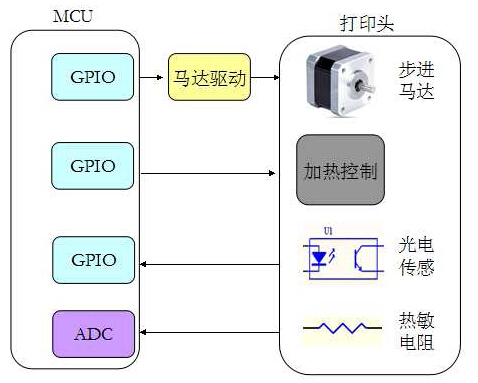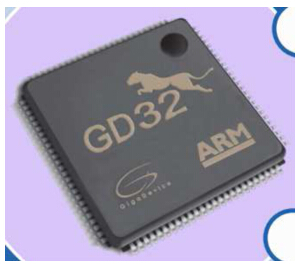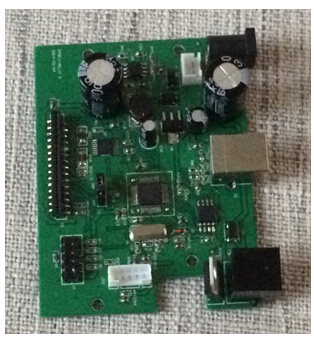Micro-printers are compact printing devices typically with a width of less than 84mm. They are commonly used in various applications such as POS printers (commercial and financial), tax-controlled printers, ATMs, ECRs, kiosks, and other systems that require built-in or external printing solutions. These printers have found widespread use across multiple industries, including finance, retail, hospitality, lottery, transportation (taxis, airline tickets, tolls), gas stations, healthcare, postal services, utility meter reading, mobile police systems, and government services.
There are several types of micro-printers, primarily divided into pin-type, thermal, and thermal transfer models. Pin-type printers work by using print needles to strike a ribbon, transferring ink onto the paper. Thermal printers use heat to discolor a heat-sensitive coating on the paper, while thermal transfer printers use heat to melt ink from a ribbon onto the paper.
Thermal printers are particularly popular due to their fast printing speed, low noise, minimal mechanical wear on the print head, and the convenience of not requiring ribbons. This makes them ideal for environments where reliability and ease of use are essential.
Gezhi Microcore Technology specializes in thermal printer control and provides comprehensive thermal printer solutions tailored for various applications.
System Composition
A micro thermal printer is mainly composed of a thermal print head and its peripheral circuits, a main controller (MCU) circuit, power supply, communication interface, and human-computer interaction components.

Figure 1: Printer Solution Block Diagram
Thermal Printer Hardware Design
This solution utilizes the Fujitsu FTP-628 print head, which consists of a stepper motor, heating plate, overheat detection, and paper-out detection features.
- The MCU controls the stepping motor to feed the paper.
- The MCU determines when to heat the heating element based on input data (1 or 0), generating printed dots on the thermal paper.
- The MCU uses ADC to monitor the thermistor value and activate overheat protection if necessary.
- The MCU detects the presence of paper via an optocoupler output.

Figure 2: Print Head Hardware Peripheral Design
Main Control MCU

Figure 3: GD32 Series ARM Cortex-M3 MCU
The MCU used is the GD32 F103C8T6, a 32-bit processor from GIGA DEVICE based on the ARM Cortex-M3 architecture. Key specifications include:
- 72MHz system frequency
- 64KB FLASH, 20KB SRAM
- 2 SPI, 3 UART, 2 I2C interfaces
- 3 32-bit timers
- 2 10-channel 12-bit ADCs with 1M sampling rate
- Up to 37 GPIOs
- Integrated USB DEVICE support
- Supports DMA data transmission
- Supports JTAG and SWD debugging
- 48-pin LQFP package
The MCU supports DMA mode for high-speed serial communication, reducing CPU load and improving efficiency. The SPI can reach up to 25MHz, allowing efficient font storage in SPI FLASH without speed limitations. Fast GPIOs enable quick serial timing and data transmission to the print head. The internal ADC supports temperature monitoring of the print head, and the 20KB SRAM is sufficient for handling large graphic data buffers. The integrated USB DEVICE allows fast and simple communication with PCs.

Figure 4: Thermal Printer Main Control Board
Software Design
The software is structured into the following key modules:
- Communication Processing: Supports UART, parallel port, and USB communication methods.
- Font Driver: Reads font data from an SPI FLASH.
- Print Head Control: Manages data transmission to the print head, stepper motor control, temperature monitoring, and paper detection.
- Print Instruction Handling: Processes and executes print commands efficiently.
Mini-ITX Motherboard,Mini-ITX Motherboards,Compact Mini-ITX Motherboard
Shenzhen Innovative Cloud Computer Co., Ltd. , https://www.xcypc.com